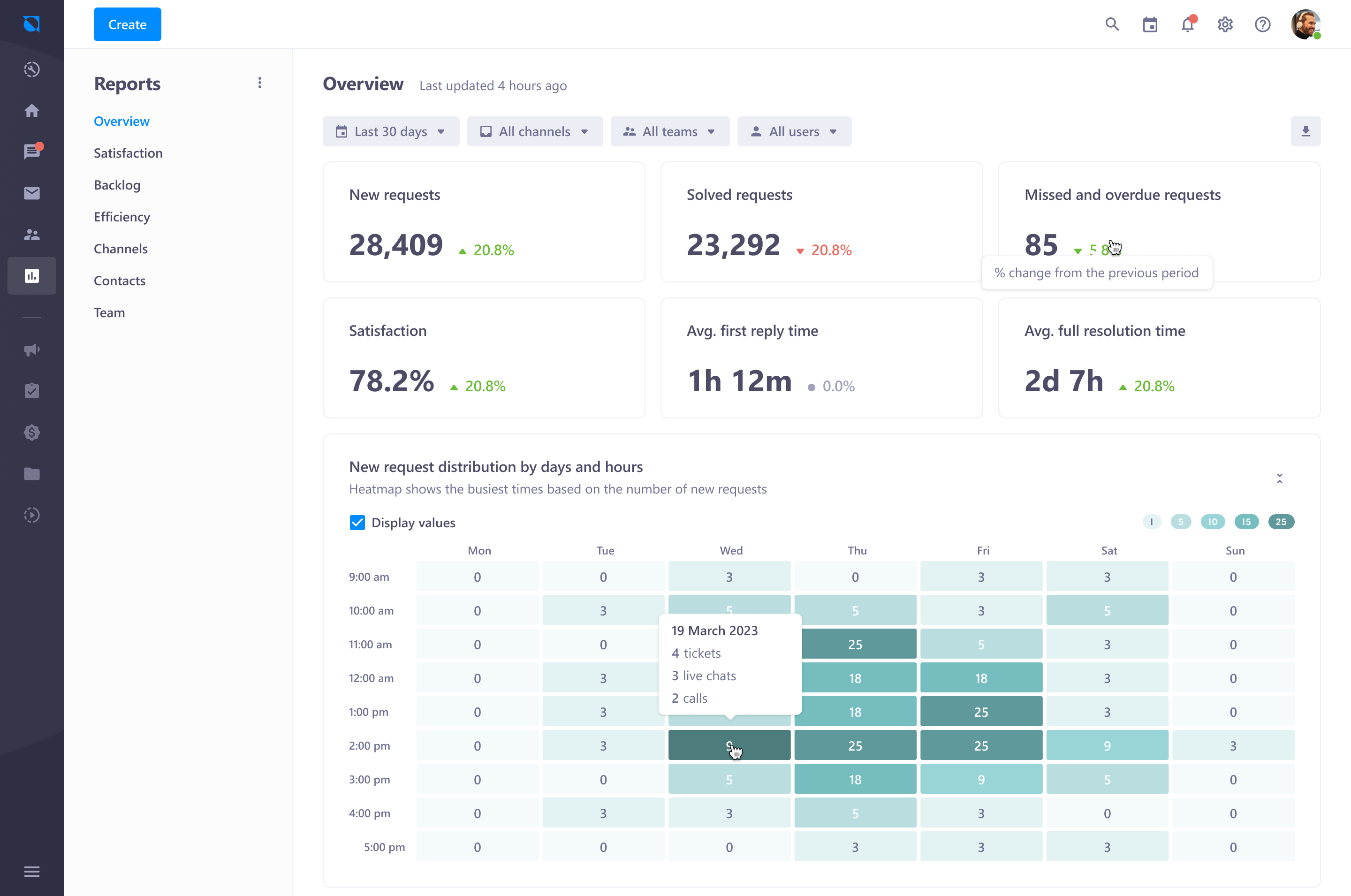The Impact of SLA Response Times on Business Reputation
The Impact of SLA Response Times on Business Reputation
Blog Article
In the current aggressive company landscape, customer support brilliance is non-negotiable. One of many critical facets that influence customer care can be your Support Level Agreement (SLA) response time. SLAs outline the estimated time frames within which your group should answer client inquiries or issues. Failing to generally meet these objectives can lead to frustrated clients and ruined reputations. Thus, ensuring your SLA response time matches or exceeds customer expectations is crucial for long-term success.

1. Set Sensible and Obvious SLA Standards
Establishing an SLA reaction time that aligns with both client objectives and your team's functions is the first step. It's imperative to determine apparent, measurable benchmarks which can be reasonable however challenging. Realize your customers' needs, the difficulty of your company, and the assets offered to your support staff before placing these expectations. Aligning your SLA with industry standards while considering your unique organization context may help guarantee you do not overpromise and underdeliver.
2. Control Automation for Quicker Result Situations
Automation may significantly increase result time and efficiency. Utilizing ticketing techniques, automatic mail reactions, and chatbots may instantly acknowledge client inquiries, allowing your help staff to target on handling dilemmas more quickly. Computerized workflows may classify and prioritize seats, ensuring that high-priority problems are addressed first, more lowering answer times.
3. Check and Improve Workflow Efficiency
Checking your team's efficiency against SLA standards is critical for sustaining high levels of customer satisfaction. Normal checking of essential metrics like normal reaction time and solution time can reveal inefficiencies in your workflow. Use these ideas to improve procedures, enhance source allocation, and offer extra training to guide staff. Ensuring your staff has the equipment and information to deal with dilemmas quickly is essential for remaining within your SLA response time.
4. Implement Tiered Support for Various Difficulty Levels
Not all client issues are manufactured equal. By employing a tiered support design, you are able to spend assets more effectively, ensuring that more complex issues get the eye they might need without impacting response times for simpler inquiries. This process helps maintain a stability between fast reactions and thorough problem resolution.
5. Set Customer Expectations with Proactive Transmission
Transparent conversation is critical to managing client expectations. If a problem will take longer to solve due to its complexity, advise the client promptly. By providing typical revisions, you display that you're definitely taking care of their issue, which could keep trust even when answer occasions are slightly delayed. Placing practical objectives upfront assists construct self-confidence and decreases frustration.

Conclusion
Meeting your SLA result time is crucial for customer satisfaction and retention. By placing realistic benchmarks, leveraging automation, optimizing workflows, applying tiered support, and maintaining proactive interaction, firms may guarantee they constantly match or surpass customer expectations. The end result is stronger client relationships, improved service distribution, and a aggressive edge in the market. Report this page